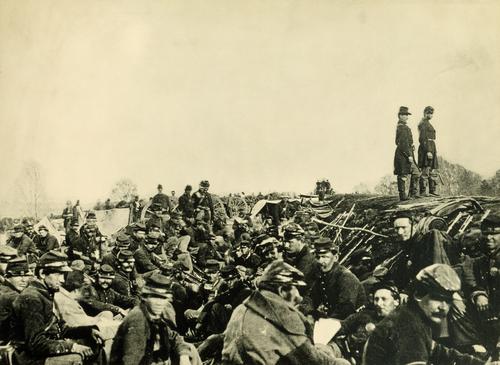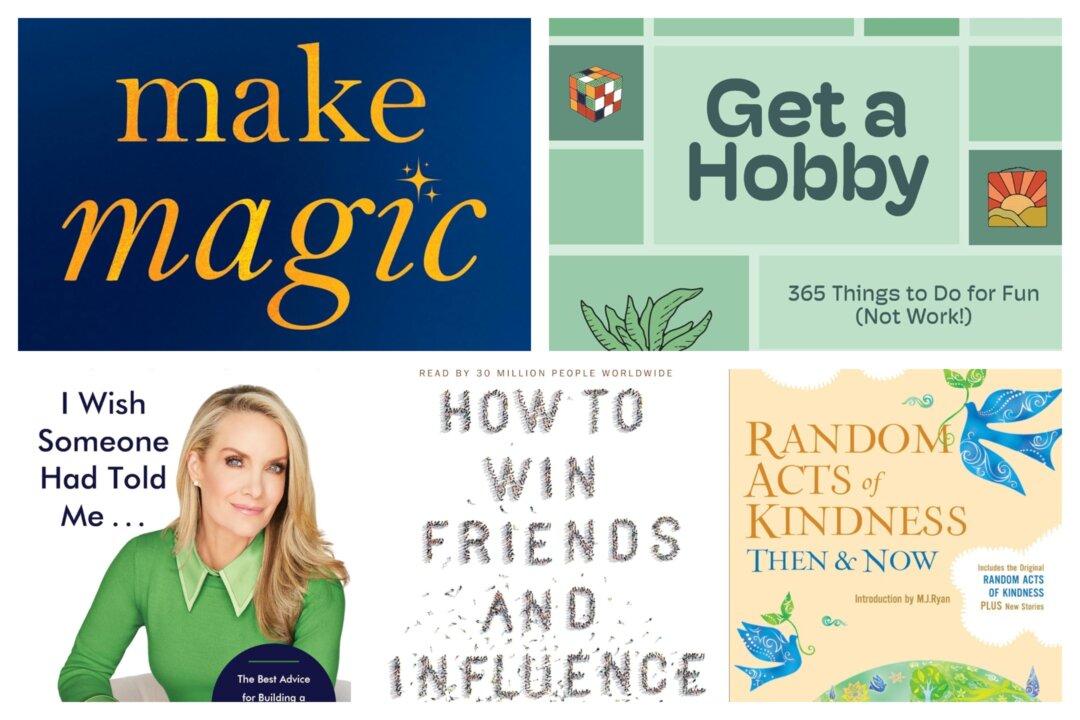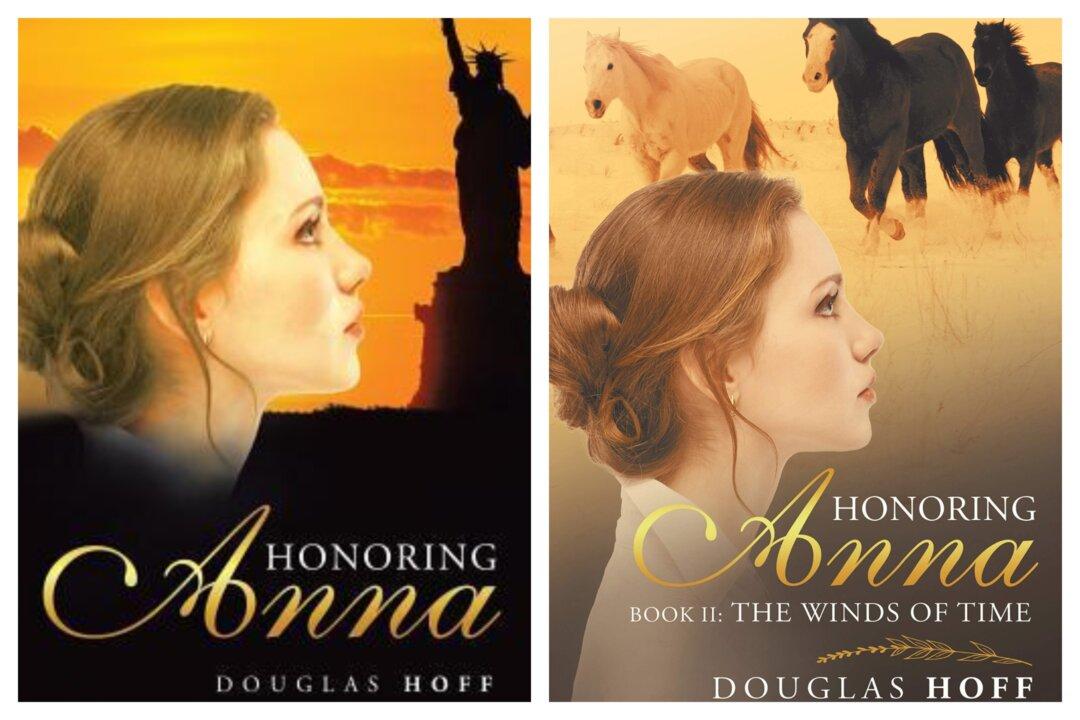This particular Veterans Day offers a time to reflect on another era when our nation was divided: the Civil War.
Civil War buff Jon Roll and I wondered about the effects of the Civil War on the civilians at the time, so we chose two recent books by Joan E. Cashin to review: her “War Stuff: The Struggle for Human and Environmental Resources in the American Civil War” and her more recent book, “War Matters: Material Culture in the Civil War Era.”





